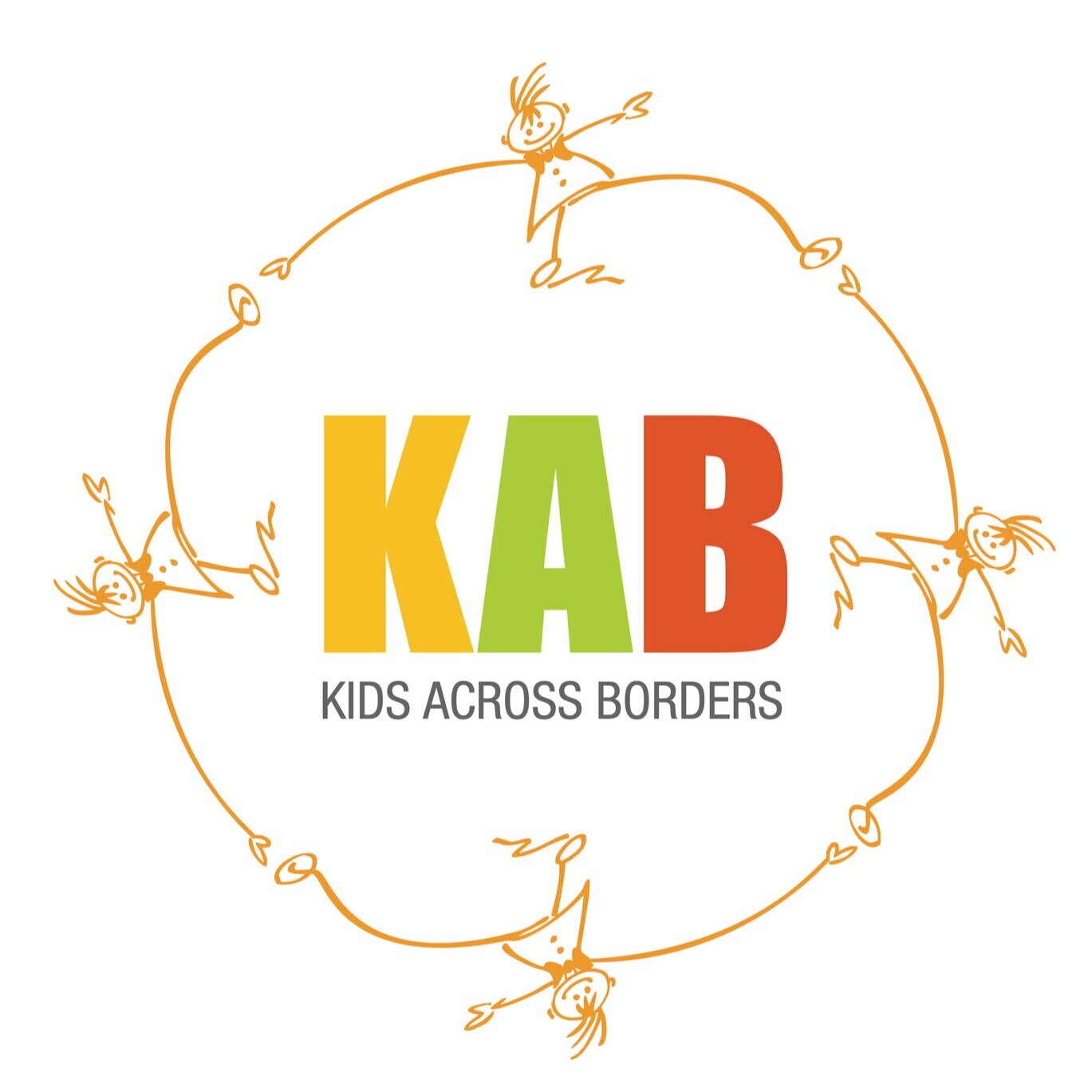Understanding Cultural Diversity
“Culture is a fundamental phenomenon. It affects not only our daily practices: the way we live, are brought up, manage, are managed, and die; but also the theories we are able to develop to explain our practices. No part of our lives is exempt from culture’s influence.”
Hofstede
Culture may be broadly defined as the sum total of ways of living built up by a group of human beings, which is transmitted from one generation to another. Every community, cultural group or ethnic group has its own values, beliefs and ways of living. Culture is a defining feature of a person's identity, contributing to how they see themselves and the groups with which they identify
The observable aspects of culture such as food, clothing, celebrations, religion and language are only part of a person's cultural heritage. Underpinning these are values and norms which shape the way a person thinks, behaves and views the world. A shared cultural heritage bonds the members of the group together and creates a sense of belonging through community acceptance.
Cultures are not static but develop and change as the belief systems and ways of life of different groups adapt under other cultural influences including mass media and popular culture to create new identities. Within a culture there is a lot of diversity. Individuals may have multiple identities through identification with several different sub-cultures. These identities may include identity based on cultural heritage, family or birthplace; religious or social identity; and identity as members of a particular society.
Multicultural Education
Multicultural education emerged in the 1960s as part of the human rights movement. Multicultural education is designed to foster understanding, acceptance and constructive relations among people of many different cultures. Ideally it encourages people to see different cultures as a source of learning and to respect diversity in the local, national and international environment.
Learning Aims
· To provide a framework for all students to examine and appreciate their own cultural backgrounds, how cultures operate, and the roles individuals and groups play in the creation and interpretation of culture.
· To promote cross-cultural awareness in all students and interaction through experiences that enhance understanding and respect for the languages and heritages of others and encourage the use of cultural diversity as a resource.
· To develop in all students the skills, knowledge, values and attitudes to participate as active and informed global citizens.
Lesson Plans
Culture is like an Iceberg
This lesson helps students understand that everyone has a culture which shapes how we see the world, ourselves, and others. Students distinguish between the visible and invisible aspects of culture and explain how the invisible aspects influence the visible ones
Cultural Celebrations
Through the study of cultural events and celebrations, it is possible to learn about religion, history, food and the arts which are significant elements in the lives of people worldwide. This activity can be tied to existing preparations for cultural events and can be conducted in advance so the students in the partner class are able to celebrate on the day.
My Family
The concept of family varies between cultures. Students create a family tree noting cultural ties and heritage links. By comparing this with their partner class, students develop their understanding of the meaning family in different cultures and what role that plays in shaping identity.
Tell Me a Story…
Traditional stories and fables can reflect values and life lessons that are significant to that cultural community. Students share a traditional story from their cultural heritage and reflect on the values contained within it.


